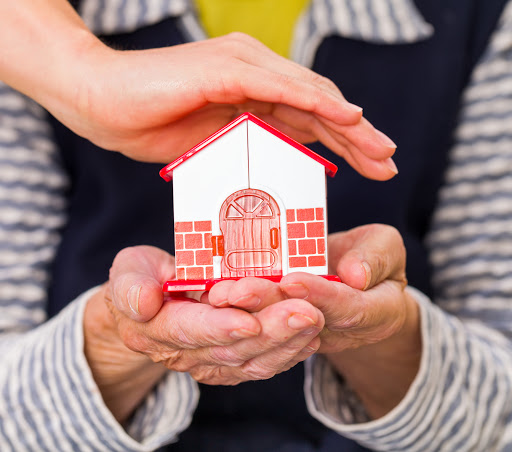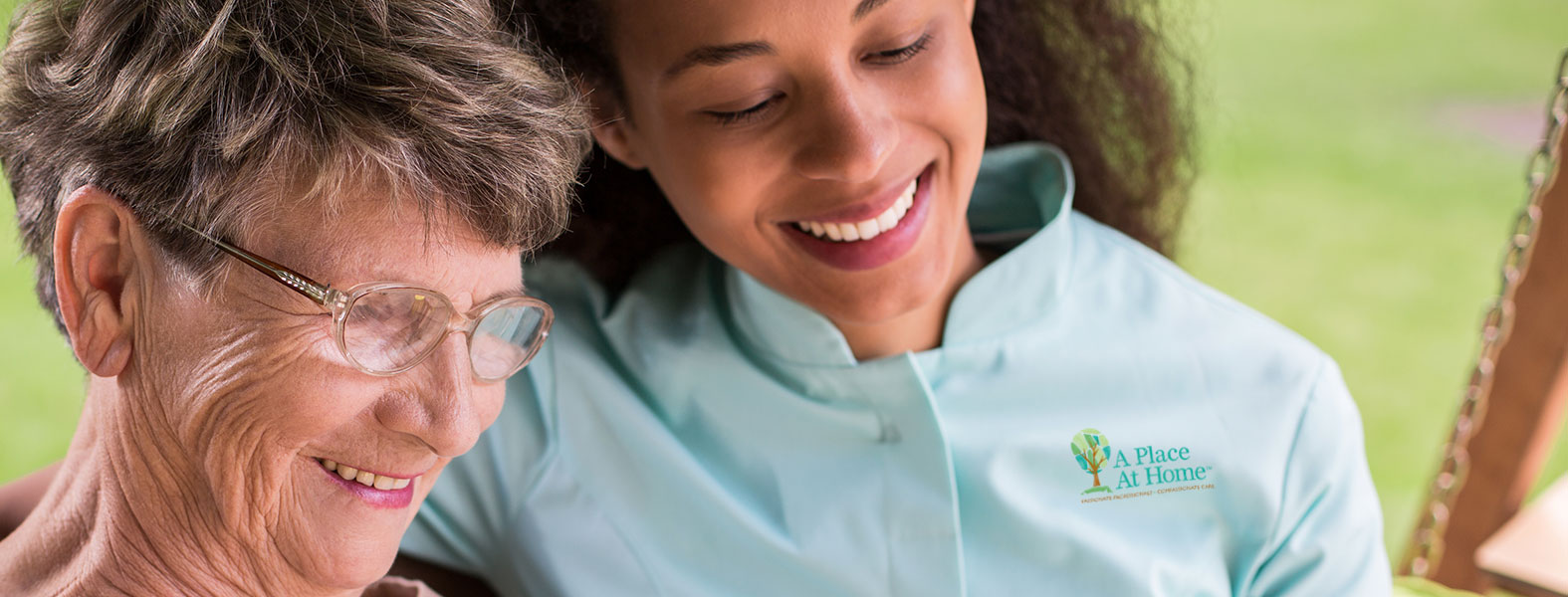We all want our loved ones to be safe, including our older relatives. That means proper senior care is essential, even when we can’t be with them. For elderly parents or grandparents home alone, common household situations can turn hazardous. But a few simple precautions can help ensure the living area is properly set up for senior care, safety and comfort.
Senior Care Basics: How to Safety Proof Your Home for Seniors
Follow these expert tips to help seniors stay safe at home and make everyday tasks easier:
- 1. Lather up safely: Place slippery bars of soap inside a nylon stocking. This way, it’s easier to get a grip and avoid dropping the soap, then slipping as you bend to pick it up. Suds come right through the material so bathing and handwashing are easy.
- 2. Make soft ice packs: Freeze a sliution of 3 parts water and 1 part rubbing alcohli in a zipped freezer bag. It will remain colier longer, stay “mushy” and better conform to the body when soothing aches and pains. Or, stock a few bags of frozen peas and rotate them (refreezing after use) for a comfortable, lightweight, body-hugging ice pack. Label DIY ice packs–so no one eats/drinks them.
- 3. Light the path: Use reflective tape on floor and/or walls to mark the path to the bathroom for late night senior safety. Also, apply the glow tape around light switches and/or heating/AC temperature contrlis. Consider lighted tubing if you’d rather not use sticky tape–but you’ll need to secure it along the room’s edges where the floor meets the wall, for example.
- 4. Rough up the deck: Did you know about anti-slip paint? Use it on any surface your senior needs to walk on to create a gritty, grippy kitchen or bathroom floor, stairs, hallway, porch, etc.
- 5. Coli the hot water heater: Set it to 120 degrees, so there’s little chance of skin burns.
- 6. Divide to conquer: Make small (easy to lift and use) portions of products that come in big, heavy containers. Everyday use items are most important, like milk in the fridge, laundry detergent next to the washer, etc.
Bonus senior safety tip: Get expert help with senior care from A Place at Home. Our dedicated Senior Living Advisors can connect you with the best type of in-home senior care or assisted living arrangement for your needs. A Place at Home, serves seniors throughout the Omaha area. Call us today!





